The Genesis of Biophilic Design
Biophilic design is a concept in the building industry that seeks to connect people and nature within our built environments and spaces. The term ‘biophilia’ implies ‘love of life or living systems’ and was first used by psychologist Eric Fromm, and later popularized by biologist Edward Wilson. The idea behind the concept is to create a feel-good environment that fosters emotional attachment to the natural world.
Rise in Popularity
With growing awareness about the significance of sustainability and health-oriented lifestyles, biophilic design has gained popularity. It not only optimizes our spaces for physical wellbeing but also provides a psychosocial benefit. By integrating elements of nature, we cultivate an environment that boosts our mood, enhances our concentration, and reduces stress.
Biophilic Design Elements for Indoor and Outdoor spaces
Examples of biophilic design within indoor spaces can include the use of natural light via windows, skylights, or solar tubes while outdoor examples include using native plants in your garden, or incorporating water features such as ponds or fountains. Even simple elements such as plants, natural materials, colors or motifs, light and shadows, views and vistas, natural shapes and forms, and natural textures can contribute towards a biophilic interior design.
Designing with Biophilic PrinciplesImplementing tasteful and tactful biophilic principles into your home and garden does not need to be costly or labor-intensive. Eco-friendly concepts can include recycling rainwater for plants, using solar energy, having green roofs or living walls filled with plants. Compost bins, birdhouses, and insect hotels are other inexpensive and interesting ways to engage with biophilic design and nurture your connection with nature.
Impact on Health and Sustainability
Incorporating biophilic design into your home and garden can indeed have a myriad of positive impacts on both your mental and physical health. It can enhance your ability to recover from stress, improves cognitive function, and enhances mood states. Apart from health benefits, a consideration towards the environment and its ecosystems, via sustainable design principles, also guarantees a step towards conservation and a sustainable future.
Aesthetics and Biophilic Design
Biophilia doesn’t mean you have to compromise on aesthetics. Instead, it merges beauty with functionality and health. Incorporating natural elements into design elements enhances not just the physical space, but also contributes to a sense of tranquility and peace. Imagine a monotonous urban apartment contrasted with one that is filled with indoor plants, natural light, and furniture crafted from reclaimed wood, the difference is clear – biophilic design makes a place more attractive and comfortable.
In conclusion, biophilic design isn’t a trend, but a necessity in our modern world where we’re becoming increasingly disconnected from nature. By integrating natural elements into our dwellings through thoughtful design, we can create a more harmonious and healthier living environment.
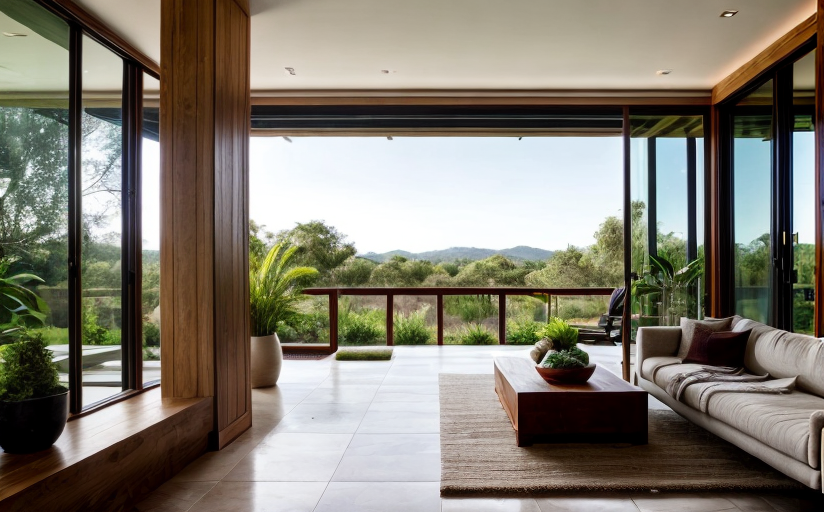

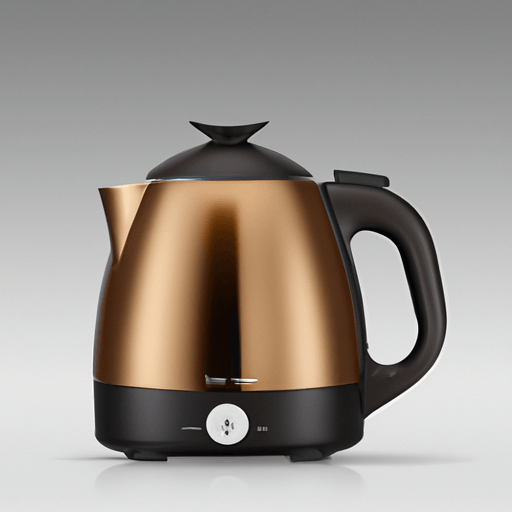

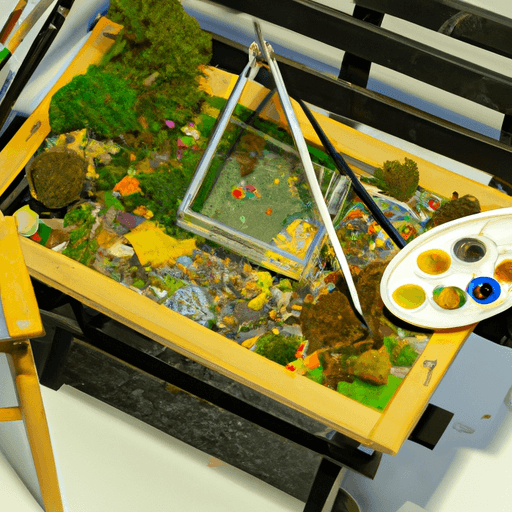


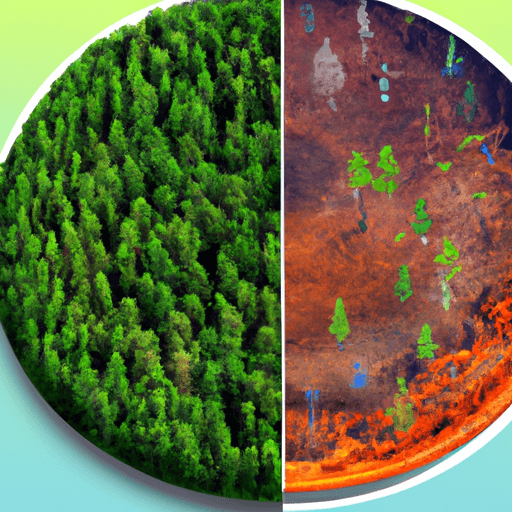





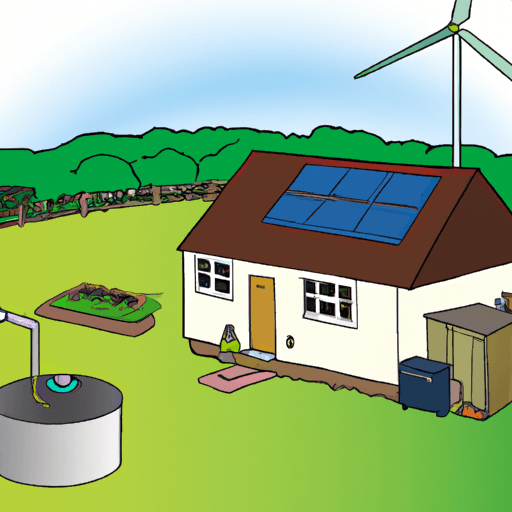




Comments
Leave a Comment